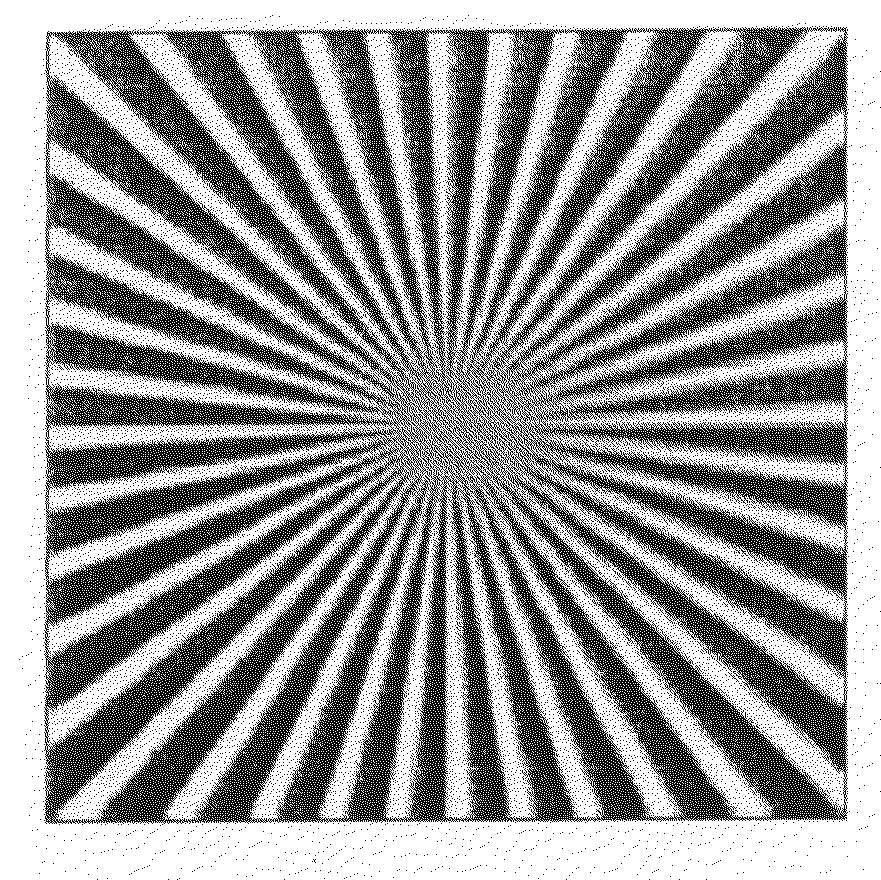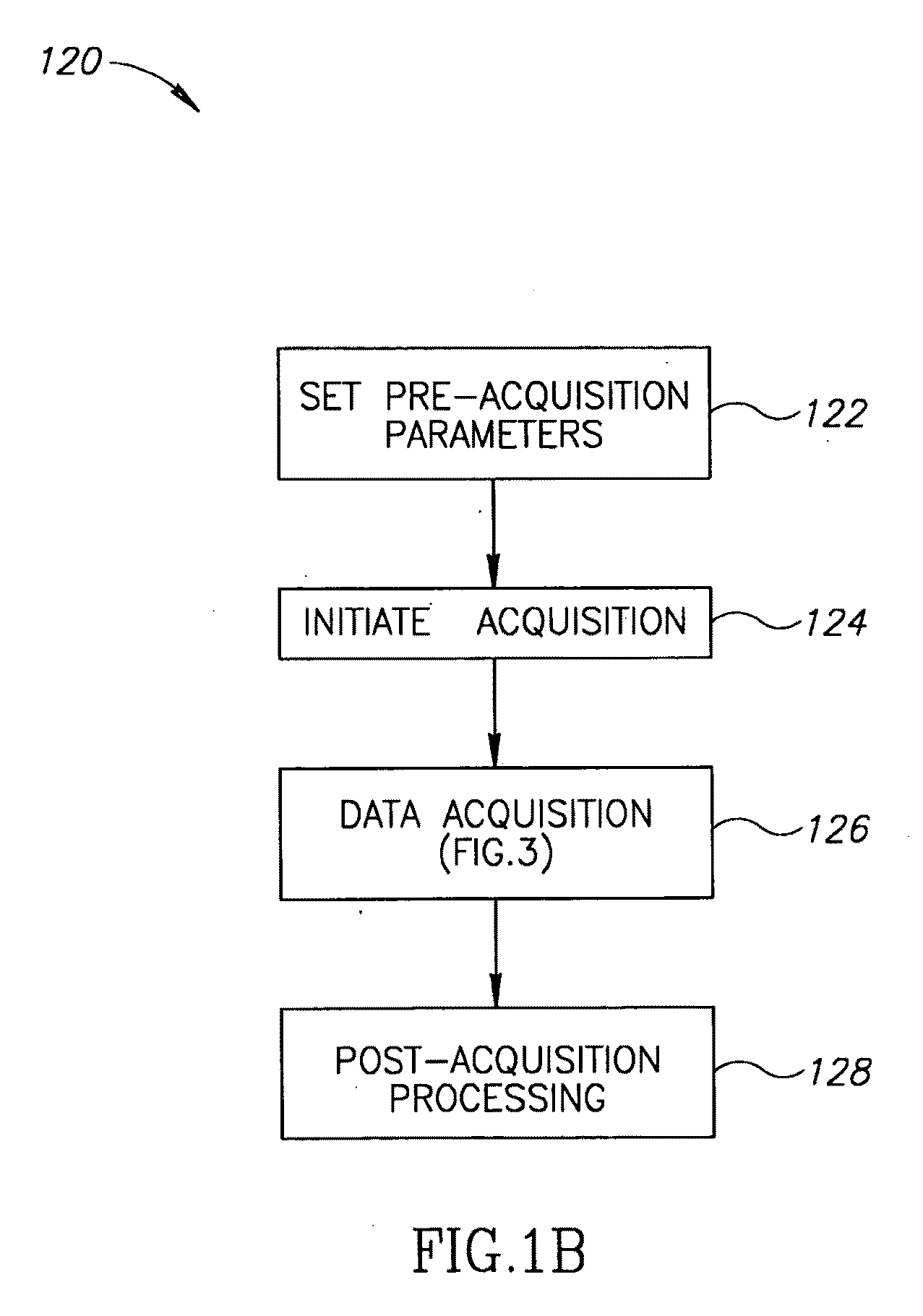Adaptive Exposure Control
a technology of exposure control and exposure, applied in the field of photography, can solve the problems of destroying the information in the area, reducing the chances of overexposure, and outperforming the camera in various respects, so as to improve the depth-of-field of images, increase the depth-of-field of exposures being captured, and reduce the effect of apertur
- Summary
- Abstract
- Description
- Claims
- Application Information
AI Technical Summary
Benefits of technology
Problems solved by technology
Method used
Image
Examples
Embodiment Construction
Overview of Exemplary Adaptive MEP Process
[0055]As described above, conventional MEP can be used to improve image quality by taking multiple exposures of a scene and then combining at least parts of these exposures to produce a final, target image which is at least as good as a single exposure would have been.
[0056]FIG. 1A shows a flowchart 100 which depicts an exemplary adaptive MEP data acquisition process, in accordance with an exemplary embodiment of the invention. In an embodiment of the invention, the adaptive MEP data acquisition process of FIG. 1A is used at action (126) of FIG. 1B described below. It should be understood that variations in the depicted methodology are possible and that actions are optionally added or removed from the method shown depending, for example, on the photographer, the scene, and / or operational parameters of a camera used to effectuate the adaptive MEP process.
[0057]In an embodiment of the invention, an exposure is captured (102) by an MEP device, ...
PUM
 Login to View More
Login to View More Abstract
Description
Claims
Application Information
 Login to View More
Login to View More - R&D
- Intellectual Property
- Life Sciences
- Materials
- Tech Scout
- Unparalleled Data Quality
- Higher Quality Content
- 60% Fewer Hallucinations
Browse by: Latest US Patents, China's latest patents, Technical Efficacy Thesaurus, Application Domain, Technology Topic, Popular Technical Reports.
© 2025 PatSnap. All rights reserved.Legal|Privacy policy|Modern Slavery Act Transparency Statement|Sitemap|About US| Contact US: help@patsnap.com



